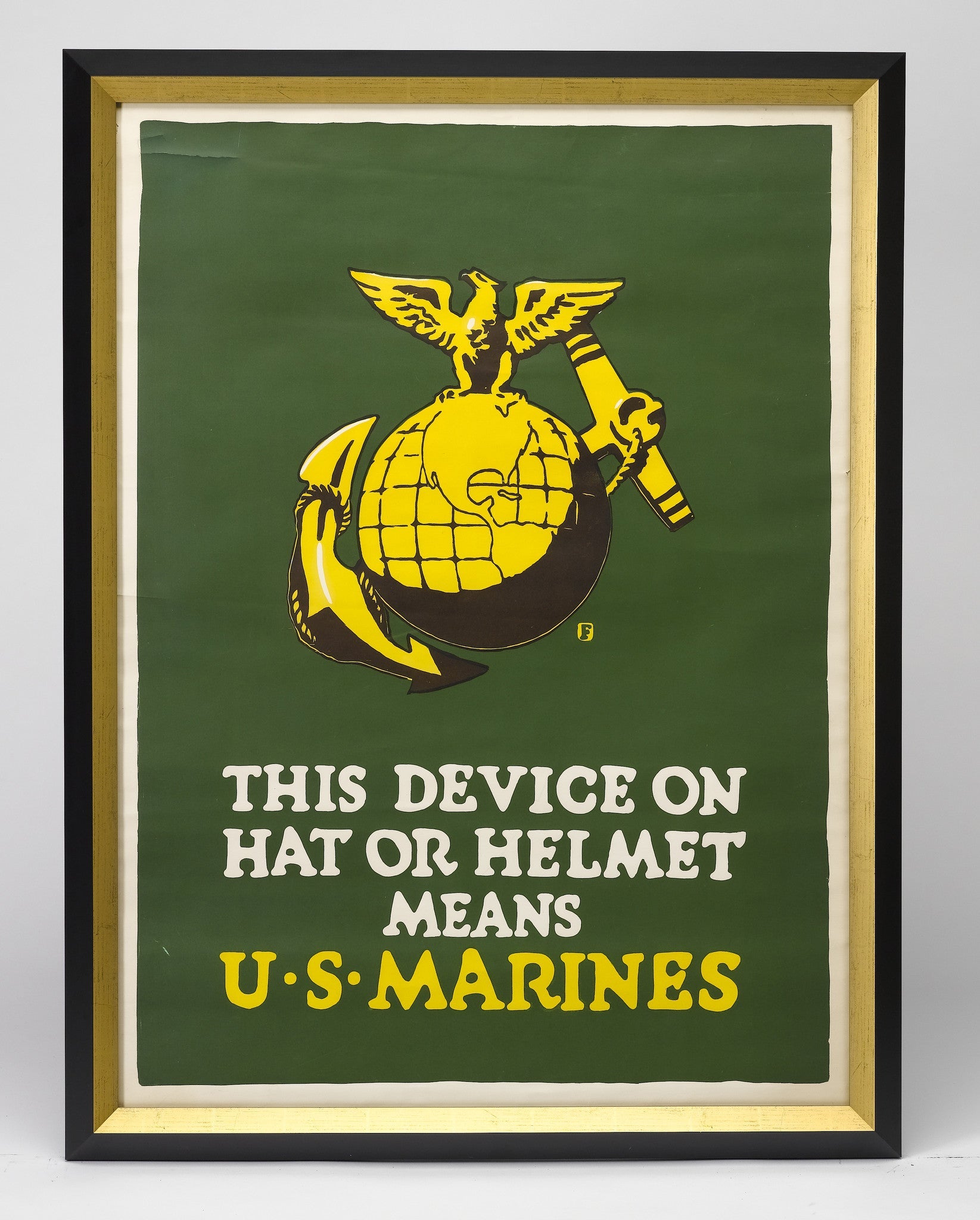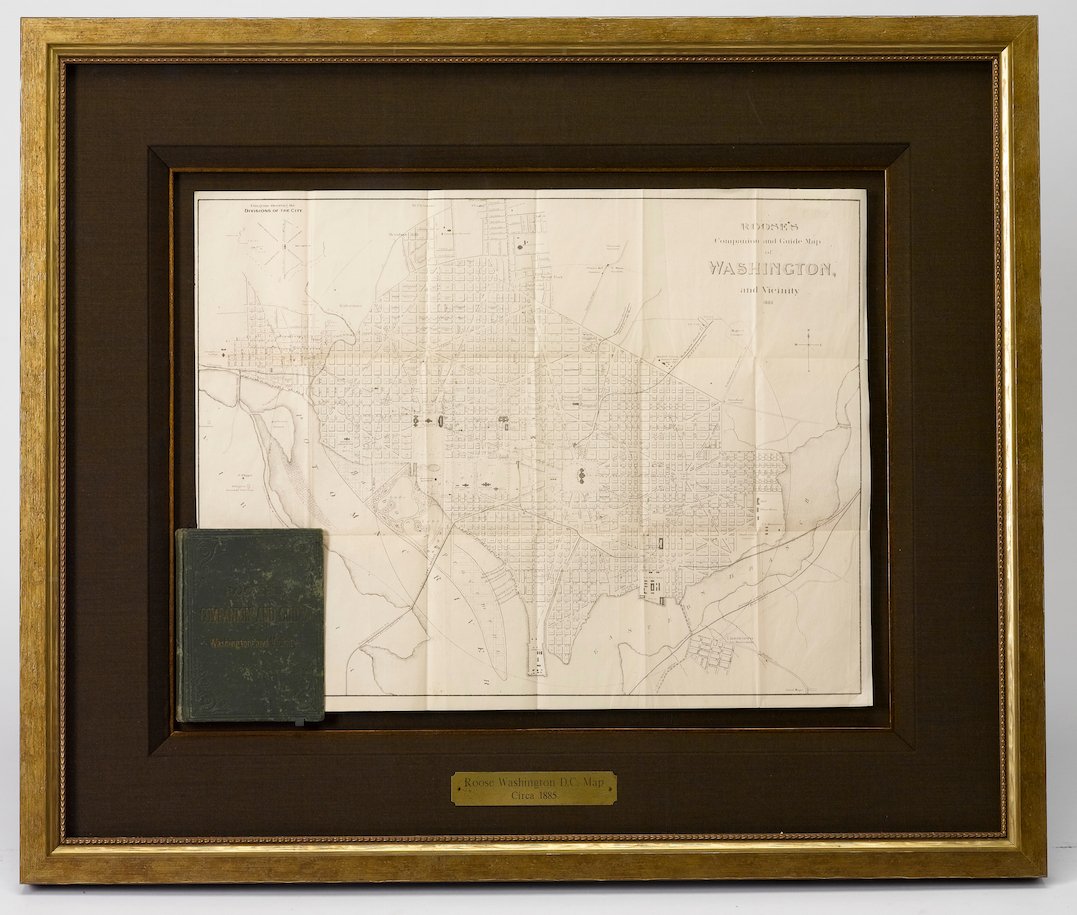Happy 4th of July! Check out the USA 160 Years Ago!
We decided this 4th of July would be the perfect day to revamp our Instagram, @thegreatrepublic.
The first post is actually 6 posts featuring A New Map of the Union with the Adjacent Islands & Countries, from Authentic Sources, published by D. G. & A. J. Johnson, New York, in 1857. This map is a historically significant depiction of our Union during the crucial eras of the Gold Rush and the Civil War, and embodies the results of American western explorations. In addition to its depictions of the United States, it also shows countries of Central America and parts of South America at that time. Maps like these were often used as wall hangings in schools and are now rare on the current market.

This already detailed mapped is enhanced by hand coloring and a pictorial border composed of alternating images of famous people and allegorical figures. Images of the Washington DC Patent Office, Smithsonian Institute and a pre-Civil War Capitol Building can be found on this map. The oceans and seas are dotted with different ships, including a series of steamships that track the route from Panama to San Francisco.
Continue reading for a section-by-section breakdown of what makes this map so special! (I suggest checking out our Instagram posts on your computer for a better view.)
The illustrations of a gold rocker and Sutter’s Mill on this map reflect the long-lasting influence of the California Gold Rush on the United States. According to the caption beneath the Sutter’s Saw-Mill image, D.H. Johnson was in California during the exciting times of the gold rush; it reads, “Drawn on the spot by D. G. Johnson in 1849 & engraved by him in 1853 exclusively for his Map of the New World.” The image is an eyewitness contemporary view of Sutter’s famous mill, the site of California’s first gold discovery.
Section 2 (Lower Center)
This section is deviates a bit from our theme of American Western Expansion. Despite the deviation,it does have some jewels about exploration and expansion in general. In this section, you will find paragraphs about Christopher Columbus and Amerigo Vespucci. Below Panama, there are also brief notes about proposed canals and trade solutions--the Panama Canal being one of the proposals! There are also great details about the conditions of the Gulf of Mexico as they compare to those of the North Atlantic Ocean.
Section 3 (Lower Left)
An inset map of portions of Missouri, Kansas, and Nebraska was placed in the lower left hand corner of this map. The push to organize the Kansas and Nebraska Territories was inspired by the prospects of a Transcontinental Railroad and Western settlement during the 1840’s.
Section 4 (Upper Right)
In this section, you will find the title cartouche and publication details. If you look closely, you will also see where the route from New York to Liverpool is marked.
Section 5 (Upper Center)
This is what will look most familiar to us today. For the most part, the states that make up the New England, Mid-Atlantic, South, and Midwest regions have the borders as we know them today. (There are a couple of exceptions, but I’ll let you find those yourself.) All five of the Great Lakes are also highlighted in this section of the map.
Section 6 ( Upper Right)
In the sixth section of the map, you will find proposed railways from the center of the country to the West. Construction of the railway was delayed for many months due to heated debate of its route. A northern route meant it would pass through free territory and a southern route meant it would pass through slave territory. A decision was reached when Stephen Douglas cited the Compromise of 1850, which effectively implemented rule of popular sovereignty in the Utah and New Mexico Territories, and argued it should also apply to Kansas and Nebraska.
Until next post,
Ebben






